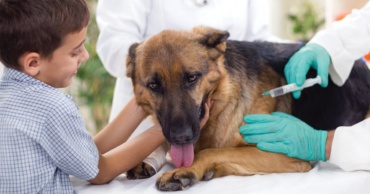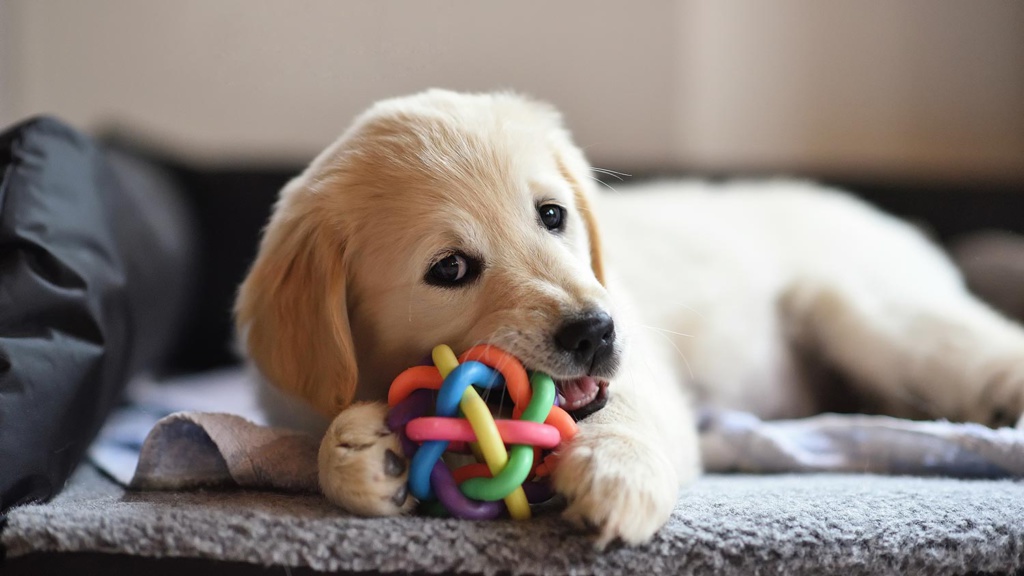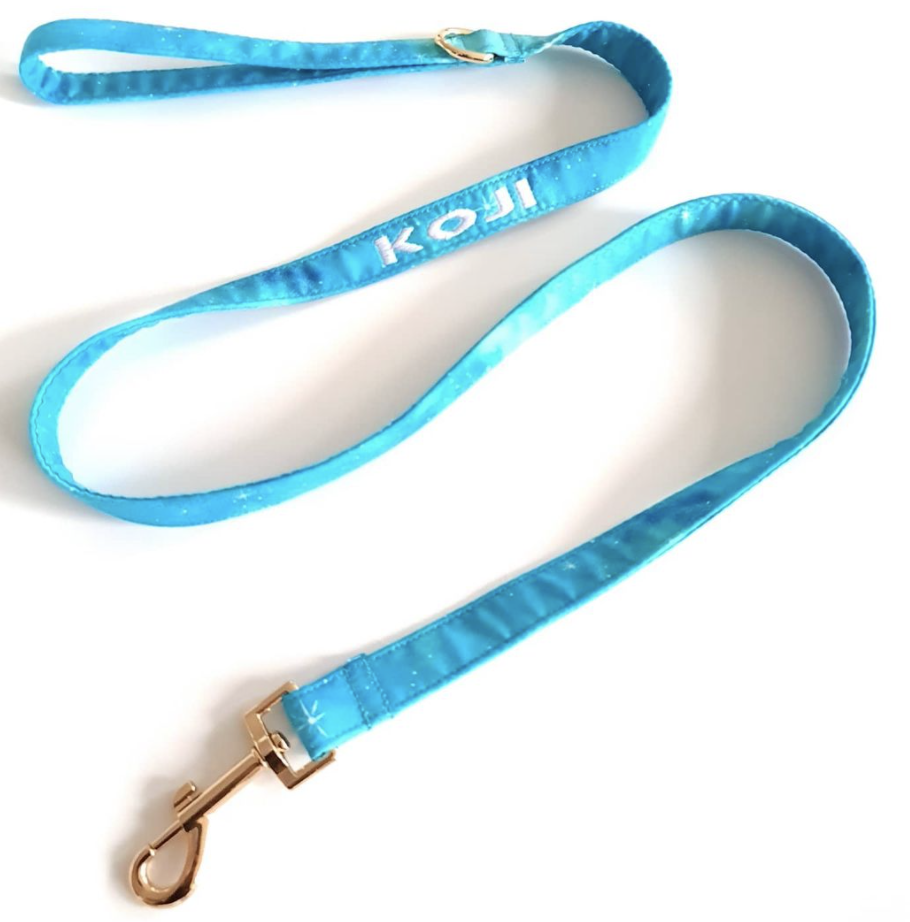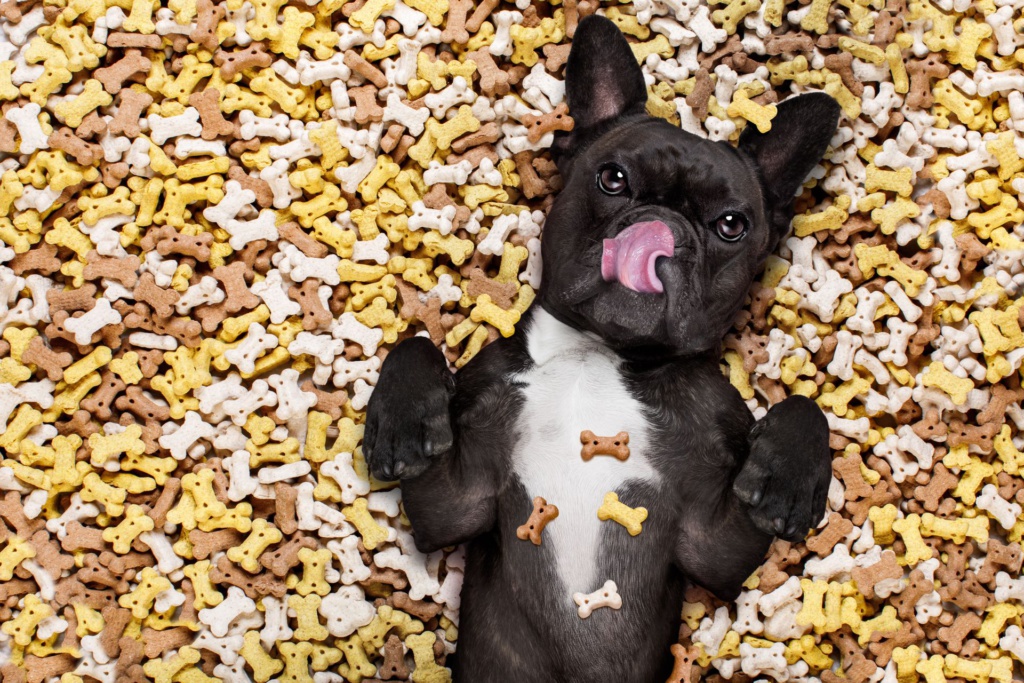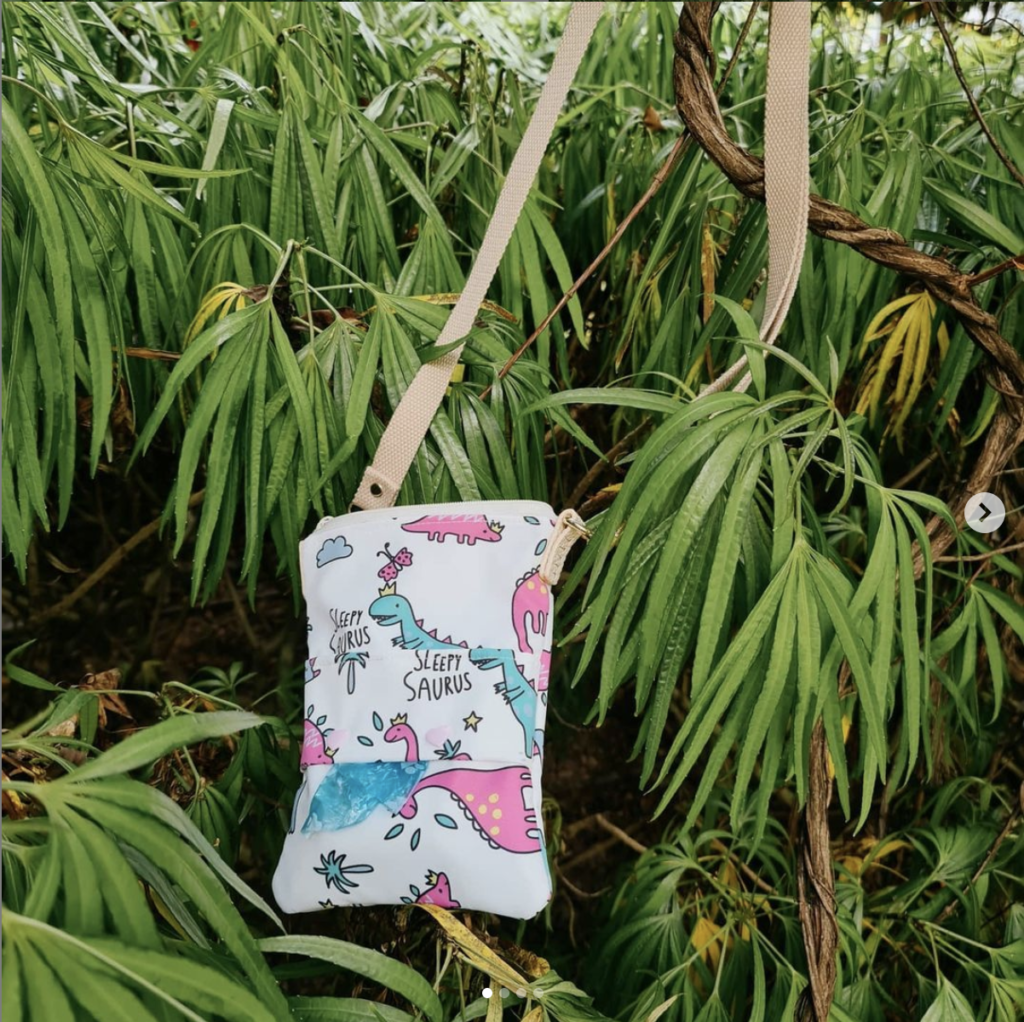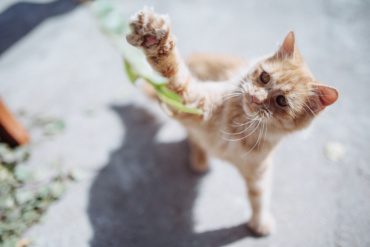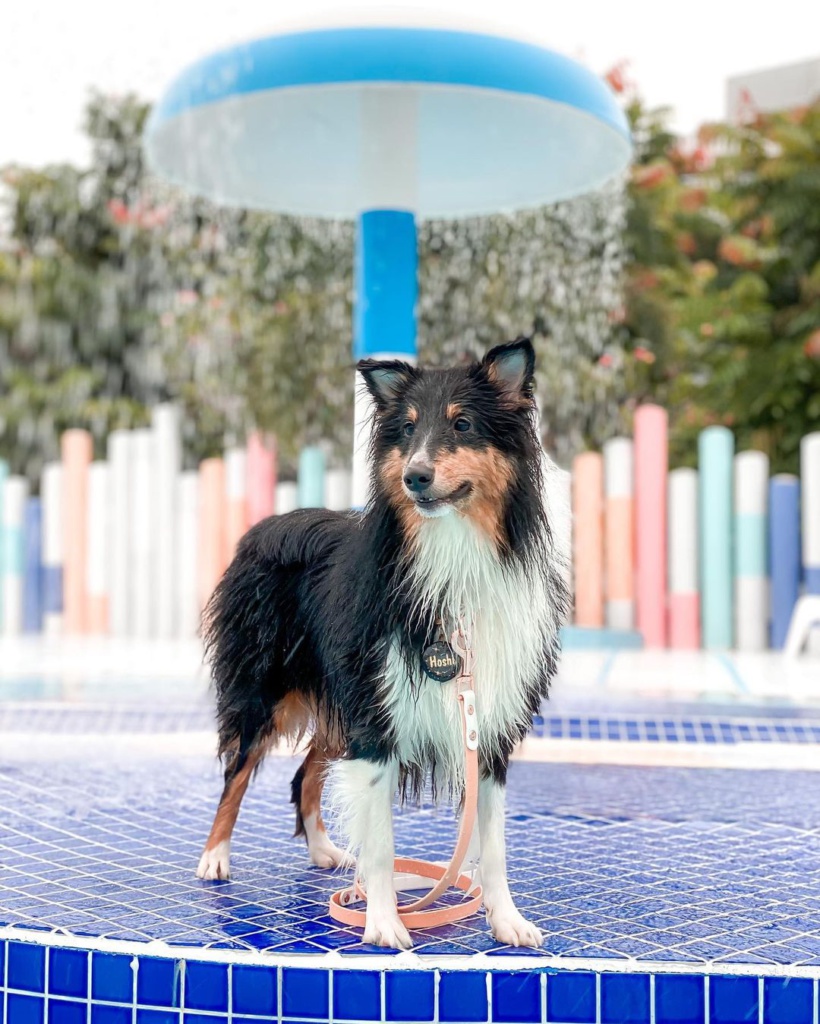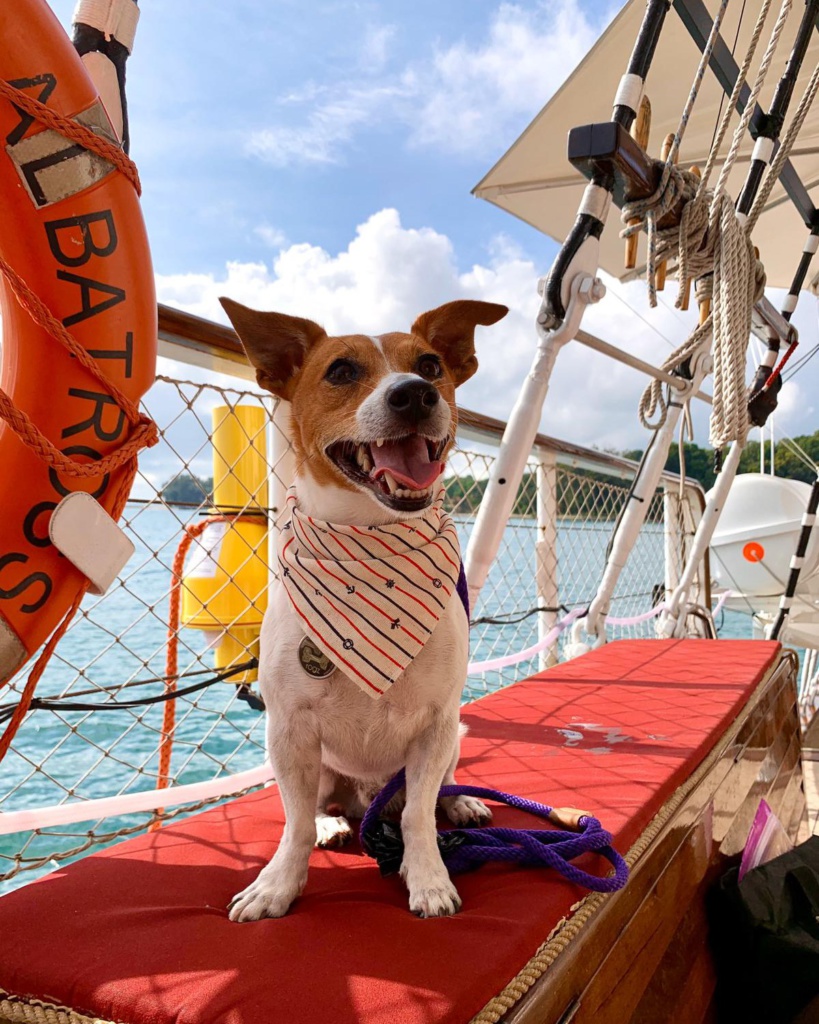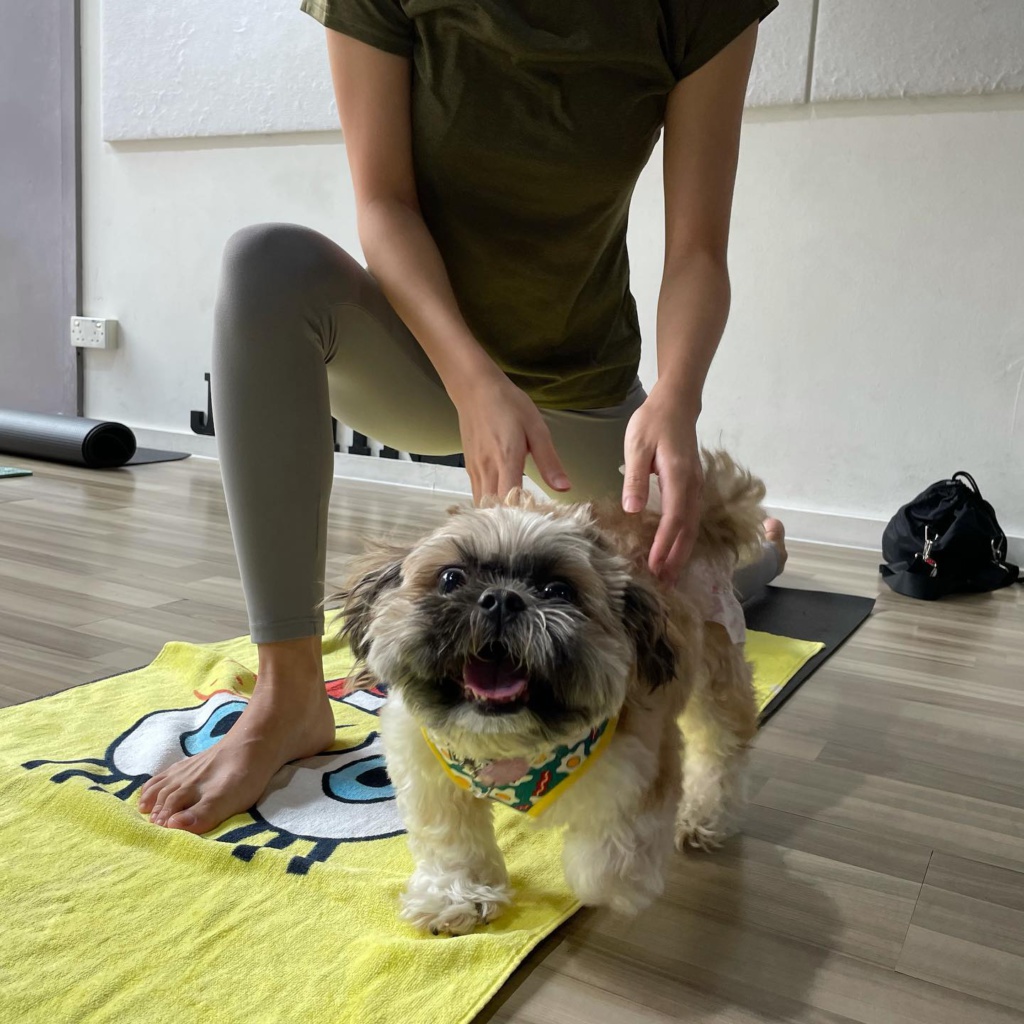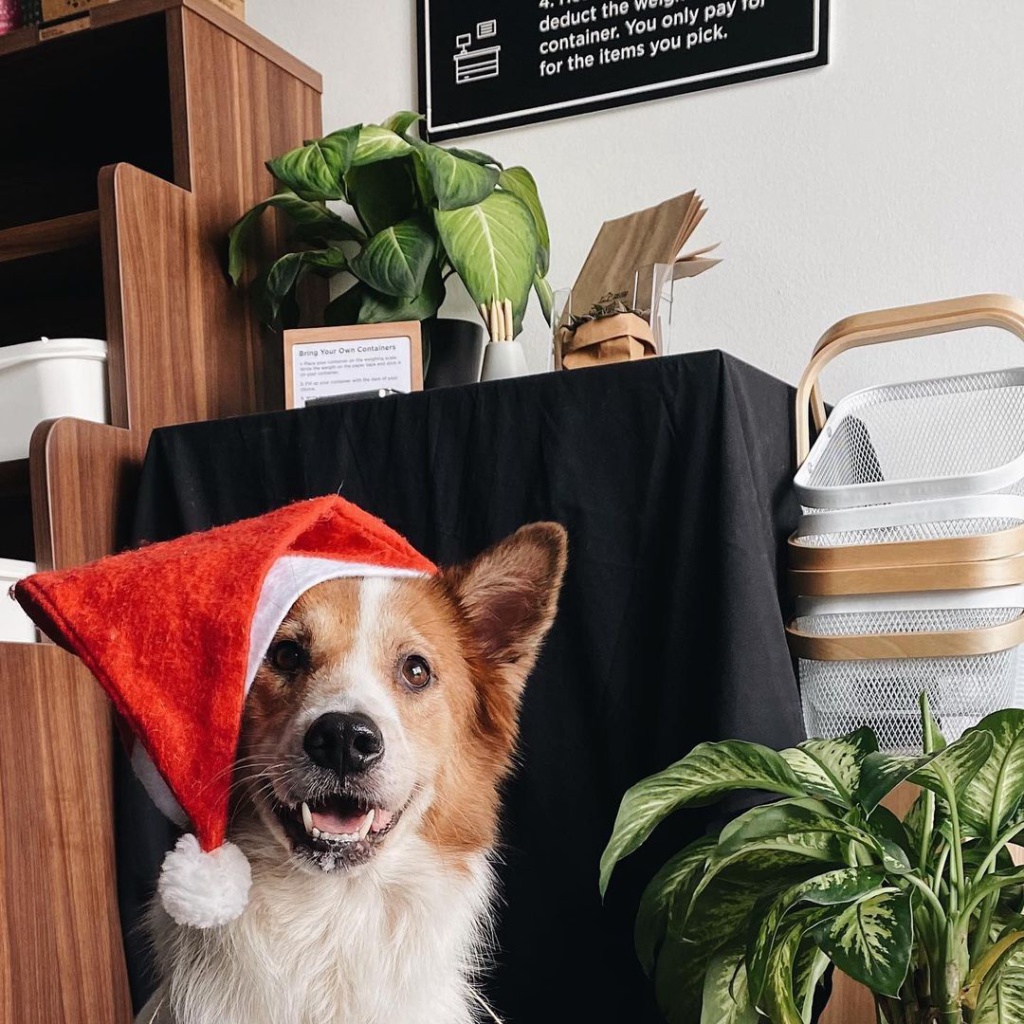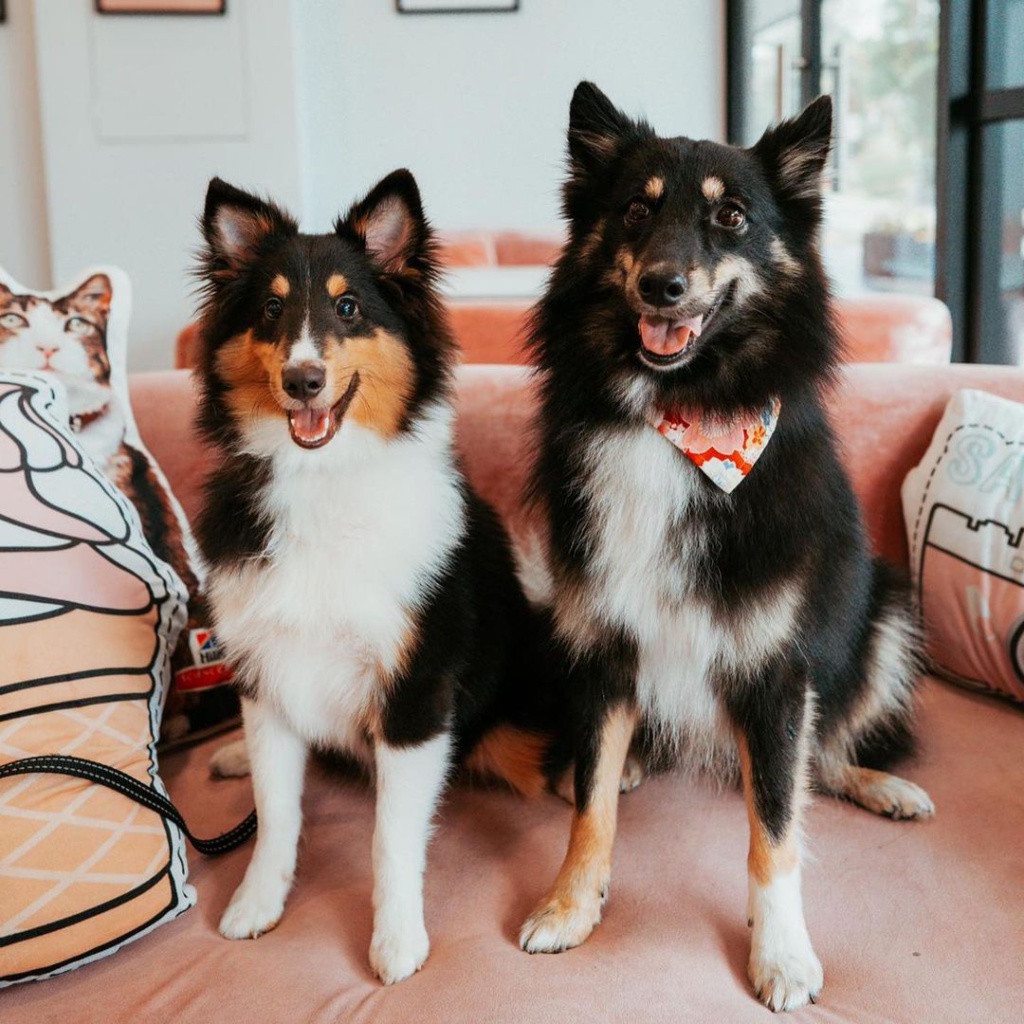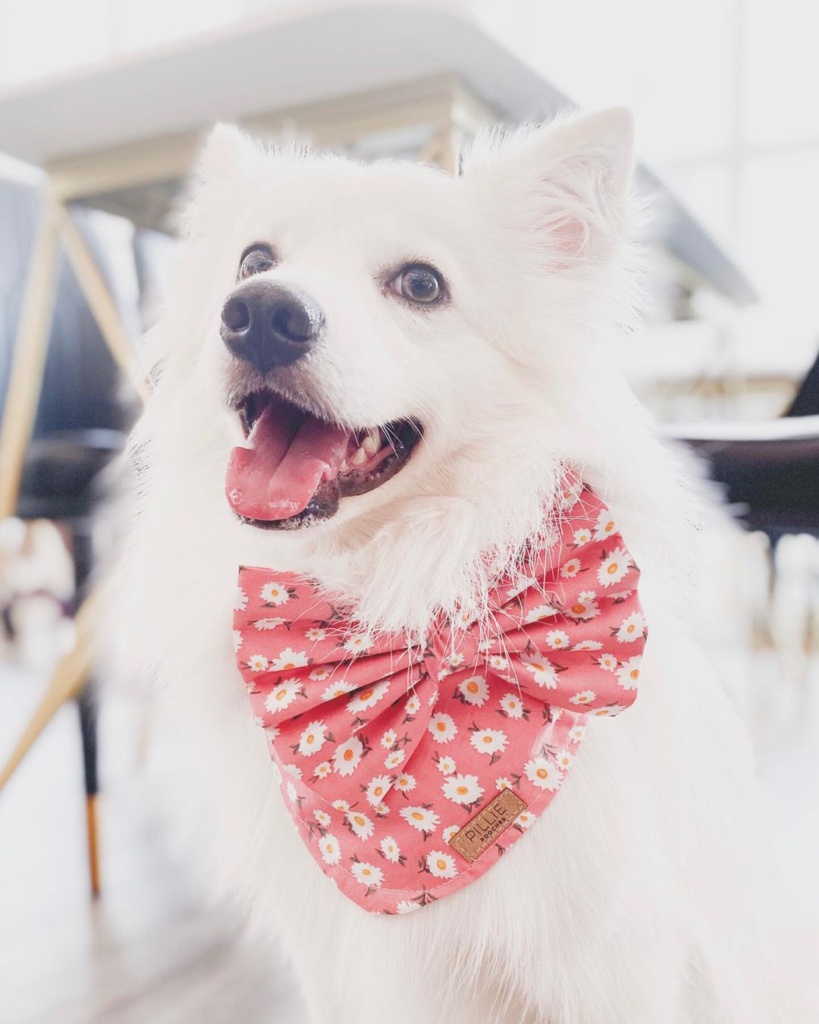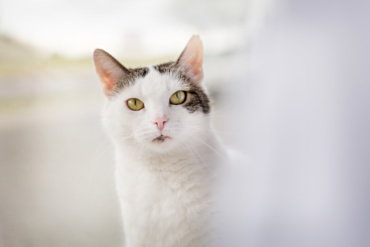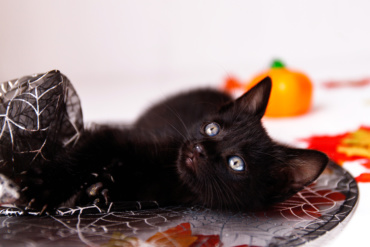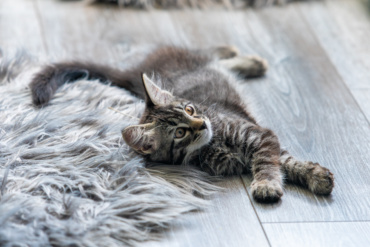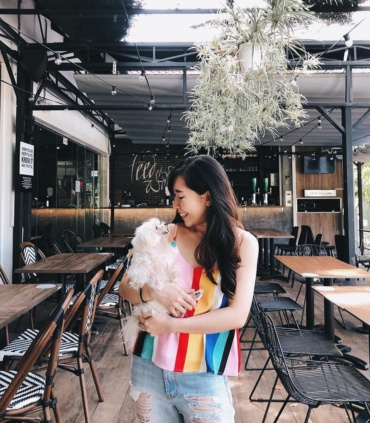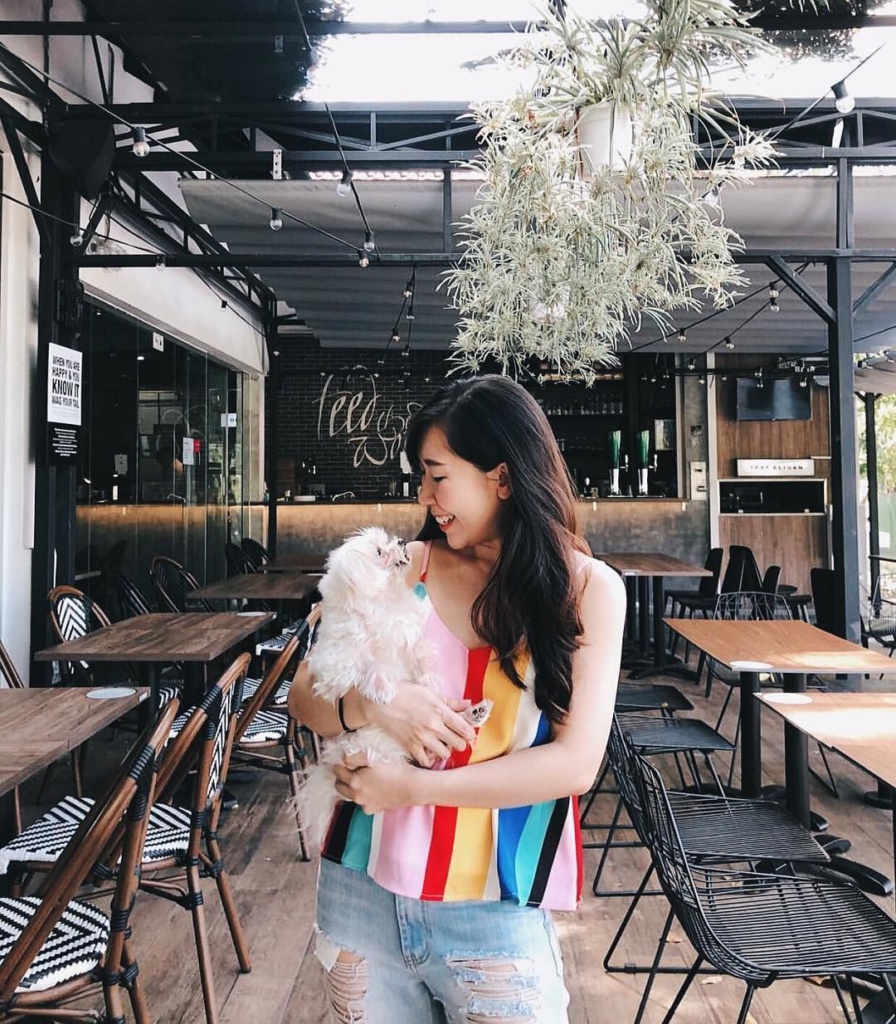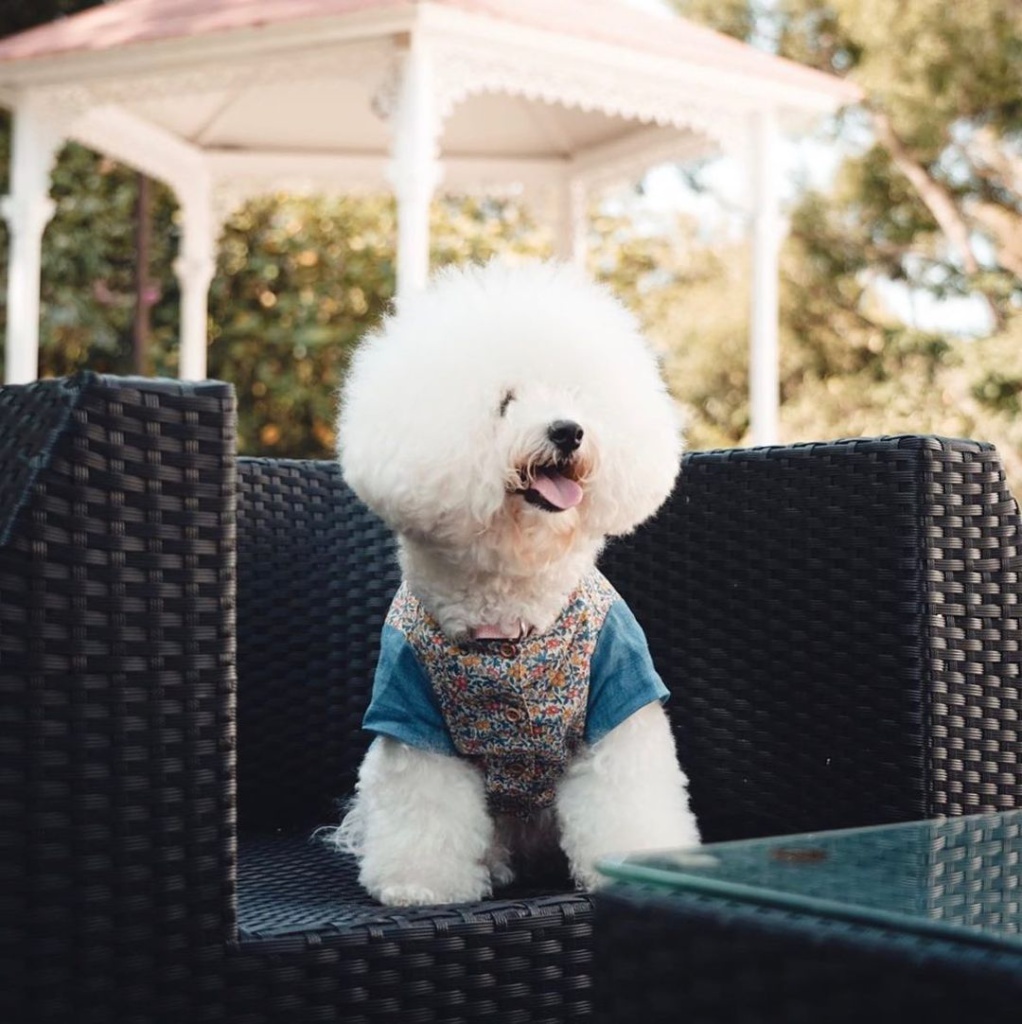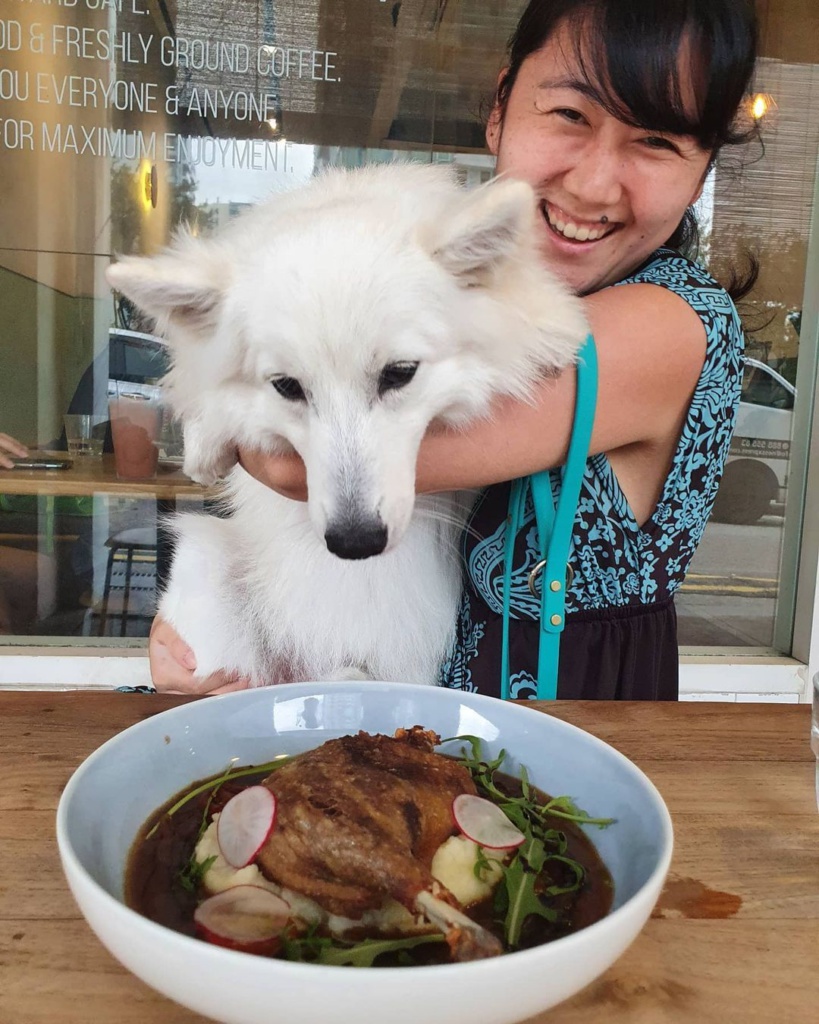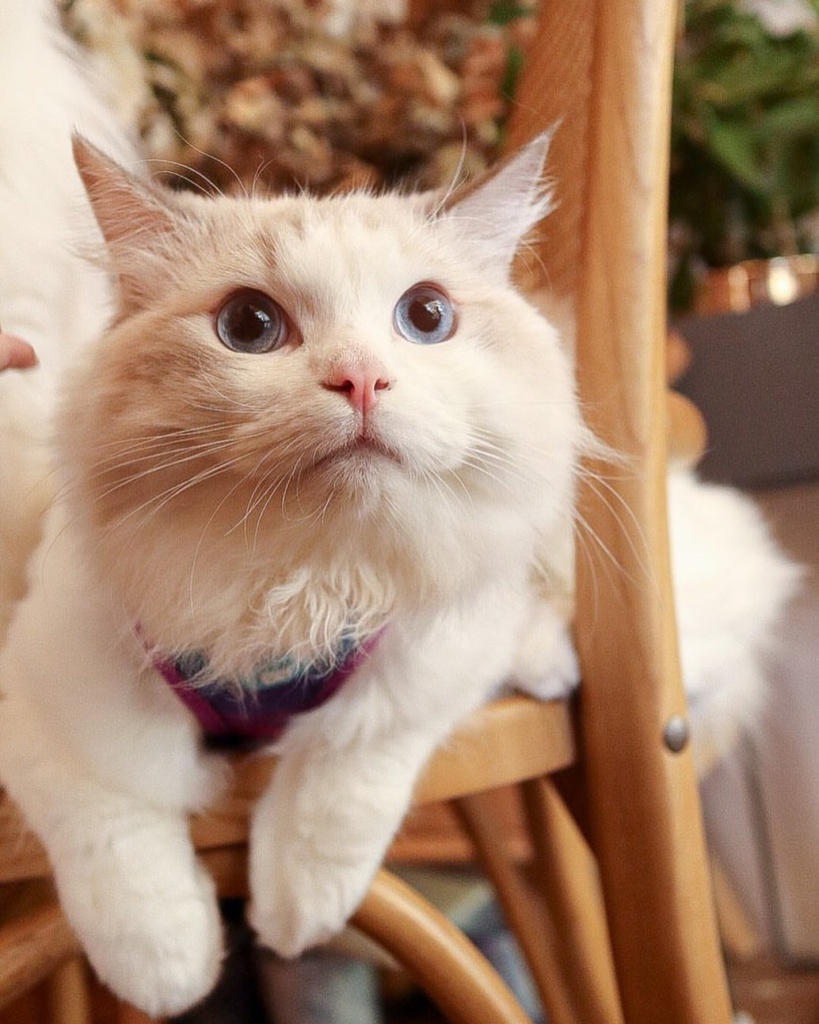As a new dog or cat owner, the experience can sometimes be scary. How much do you feed them? How frequently do they need to be bathed? What kind of medical needs do they have? These are just some of the questions our pet owners at The Woof Agency have asked themselves when they first got their furbabies.
In order to clear some of your doubts, our team has put together a list of things you need to know when it comes to vaccinating your new puppy or kitten. This ranges from what the vaccines do, what the timeline is like, and what it protects your furkids against.
Are puppy vaccinations necessary?
As you’ve probably gathered, this vaccine is important because it protects your furkids from viruses that they may be susceptible to as a newborn. While it isn’t mandatory for owners to have their pups take the shots, vaccinating them gives you extra peace of mind when you bring them out for walks or an adventure.
How many vaccinations does my puppy/kitten need?
They need a total of 3 doses of the core vaccine, which will be administered 4 weeks apart.
The first dose should be given when they’re between 6-8 weeks old, second dose when they’re 10-12 weeks old, and the last one when they’re 14-16 weeks old. It’s important that you minimise your pets interactions with other animals during this period!
For those who are curious as to why there’s 3 doses, the reason is this: vaccines can wear off! 3 doses that are 4 weeks apart helps your furbabies build sufficient antibodies to stay protected.
What are the vaccinations for?
The core vaccine helps to stimulate the production of antibodies against deadly diseases in your furbabies. In doing so, it prevents them from contracting viruses such as;
DOGS
1 – Canine Parvovirus
What is it
Parvo causes infectious gastrointestinal (GI) illness in puppies and young dogs, and can potentially be fatal for those that aren’t vaccinated.
It spreads via direct contact with a dog that’s infected or through their feces. Dogs that are infected can start to shed the virus four to five days after being exposed, sometimes before they even show any signs of infection. For pups that are diagnosed with parvo, it’s important to quarantine your dog not just for their health, but for the health of other dogs too.
Symptoms & Next Steps
Here are some symptoms that you should take note of if you suspect your pup has Parvo:
1. Severe, bloody diarrhea
2. Lethargy
3. Anorexia
4. Fever
5. Vomiting
6. Weight loss
7. Weakness
8. Depression
9. Dehydration
If your pup experiences any of these, you should head to the vet immediately.
2 – Canine Distemper
What is it
Canine distemper is a highly contagious virus caused by the paramyxovirus. It’s caused by the paramyxovirus virus. Animals get infected from contact with infected urine, blood, saliva, or respiratory droplets. Of these, transmission usually happens through droplets. It can be spread through coughing and sneezing or contaminated food and water bowls.
Symptoms & Next Steps
- Fever
- Nasal discharge
- Eye discharge
- Lethargy
- Sneezing
- Coughing
- Difficulty breathing
- Vomiting
- Diarrhea
- Loss of appetite
- Thickening of nose and foot pads
- Pneumonia
- Skin sores
- Pain
Canine distemper can potentially also cause brain inflammation and neurological symptoms, and is often confused with rabies. Neurological symptoms of canine distemper include:
- Muscle twitching
- Chewing-gum fits
- Excessive saliva
- Head tilt
- Circling
- Involuntary eye movements
- Paralysis or partial paralysis
- Seizures
If your dog displays any of these symptoms or you suspect that your dog has canine distemper, you should head to your vet immediately.
Information Credits
3 – Adenovirus (infectious Hepatitis)
What is it
Hepatitis is defined as inflammation of the liver. As a specific disease, infectious canine hepatitis (ICH) is a viral infection caused by a member of the adenovirus family.
In the mild form the dog may merely have a decreased appetite, appear depressed and have a mild fever. Some dogs develop opacity (cloudiness) of one or both corneas of their eyes (so-called blue eye) one to two weeks later. Dogs may have respiratory signs such as eye and nasal discharge and a cough that is indistinguishable from other forms of upper respiratory tract infections or kennel cough (see handout “Kennel Cough or Tracheobronchitisin Dogs”).
Symptoms & Next Steps
Mild Symptoms:
1. Decreased appetite
2. Appear depressed
3. Mild fever
4. In some cases, cloudiness forms in one or both corneas of their eyes (“Blue Eyes”) 1-2 weeks later
5. Eye and nasal discharge
6. Kennel cough
Severe Symptoms:
1. Abdominal pain
2. Vomiting
3. Diarrhea
4. Edema (fluid swelling under the skin) of the head and neck
5. Jaundice
If your pup exhibits any of these symptoms above, it’s important that you bring your dog to the vet immediately as the severe symptoms can be fatal.
Information Credits
CATS
1 – Herpesvirus-1
What is it
Herpesvirus-1 is a highly contagious disease that unvaccinated cats are susceptible to.
Symptoms & Next Steps:
1. Pink eye
2. Eye discharge
3. Fever
4. Exhaustion
If detected, it’s important to bring your cat to the vet immediately.
2 – Pavrovirus
What is it
Pavrovirus for cats is also a highly contagious virus, and is also a viral virus. It is able to infect rapidly dividing cells such as bone marrow cells.
Symptoms & Next Steps:
1. Vomiting
2. Diarrhea
3. Depression
It’s important to bring your cat to the vet immediately if you suspect that they’ve contracted this disease.
3 – Calicivirus
What is it
Calicivirus is a highly contagious virus amongst cats, and is able to cause respiratory and oral diseases in them.
Symptoms & Next Steps:
1. Ulcers on tongue
2. Inflammation of tongue
It’s important to bring your cat to the vet immediately if you suspect that they’ve contracted this disease.
Summary
While it’s not a must, vaccinating your furbabies is a highly recommended practice to engage in when you first get your pet. It keeps them protected against common diseases, and gives you peace of mind when bringing them out to interact with both humans and animals alike.
If you think there are other steps that pet owners can take to keep their furbabies safe, let us know in the comments below!
